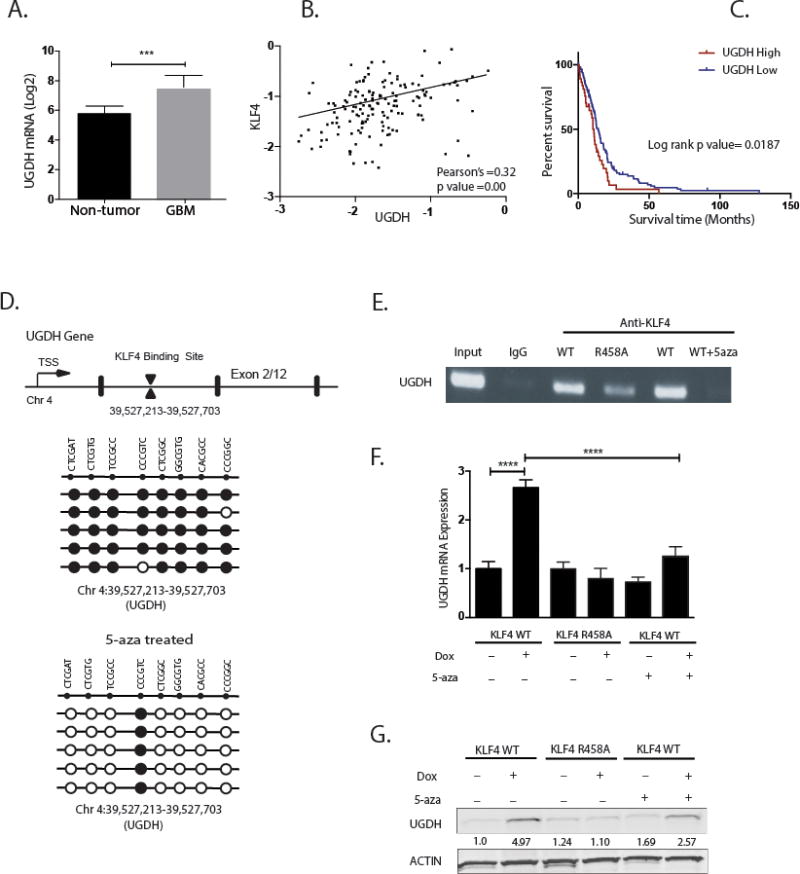Figure 3. UDGH correlates with KLF4 expression in GBM samples and is regulated via a mCpG dependent mechanism by KLF4.

(A) UGDH gene expression intensity (mean) from REMBRANDT database. UGDH expression is significantly upregulated in GBM samples when compared with non-neoplastic brain samples (P<0.001). (B) Pearson’s correlation plots of UGDH and KLF4 expression in mesenchymal glioma patients of mesenchymal subtype. Plots show positive correlation in the expression of UGDH and KLF4 (R=0.32, P < 0.001). (C) Kaplan-Meier Survival Plots for mesenchymal glioma patients based on differential gene expression of UGDH (from REMBRANT database). The probability of survival is significantly lower in samples with high UGDH gene expression compared to samples with low expression in GBM mesenchymal subtype (P < 0.001). (D) Upper panel: schematic of UGDH gene structure showing KLF4 binding site on the first intron. Lower panels: sanger bisulfite sequencing of DNA methylation on KLF4 binding site of UGDH gene before and after treatment with DNA methyltransferase inhibitor 5-Aza. Cells pretreated with 5-aza showed 80% reduction in DNA methylation. (E) ChIP-PCR showed KLF4 WT preferentially bound to the methylated cis-regulatory region of UGDH; 5-aza treatment decreased KLF4 WT binding to UGDH. (F) RT-PCR showed UGDH mRNA was significantly induced by KLF4 WT only, which was abrogated by 5-aza. (G) Western blot showed induction of UGDH by KLF4 WT only. Consistent with ChIP-PCR and RT-PCR, 5-aza treatment partially blocked UGDH induction by KLF4 WT, in keeping with a methylation-dependent mechanism.
